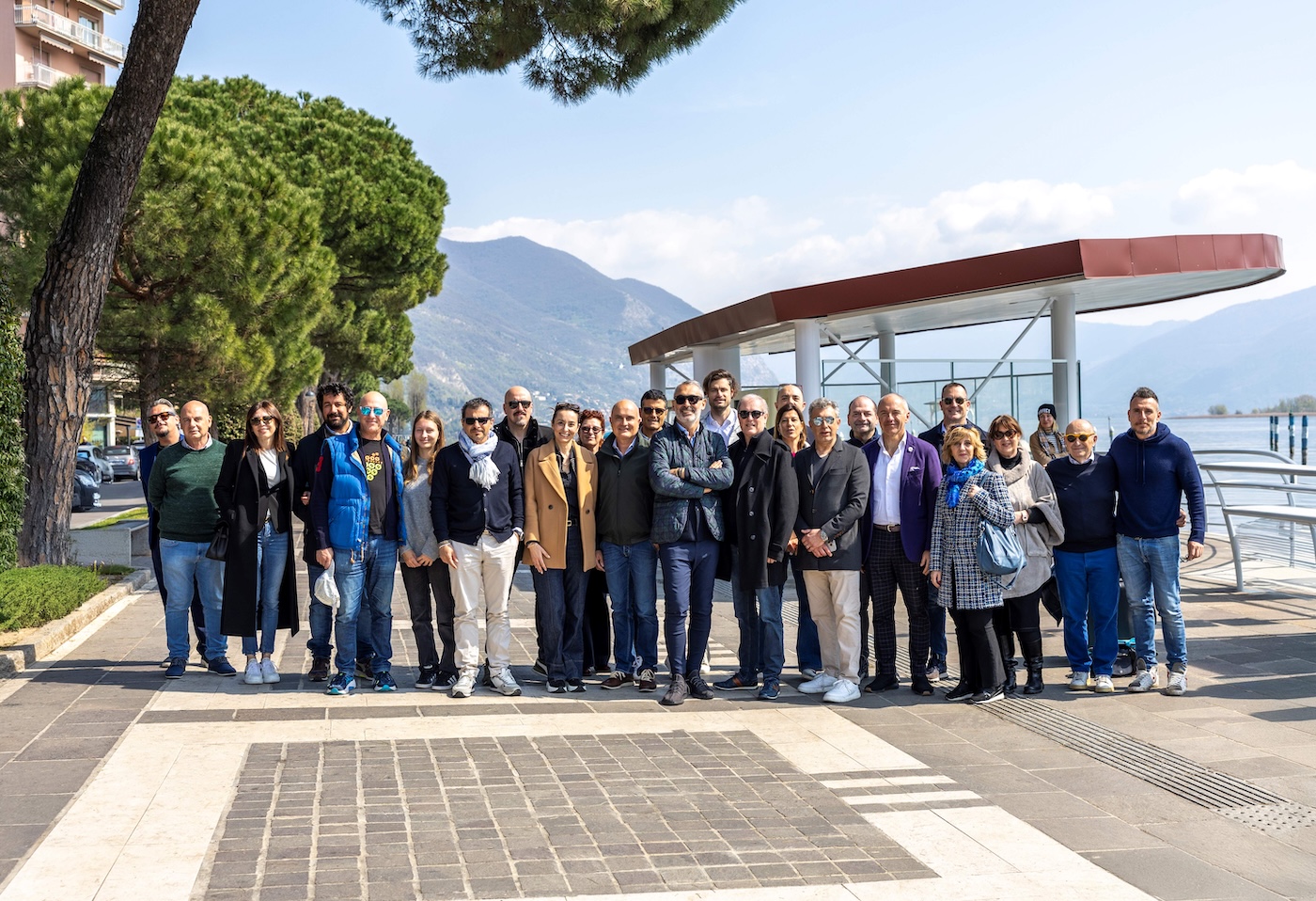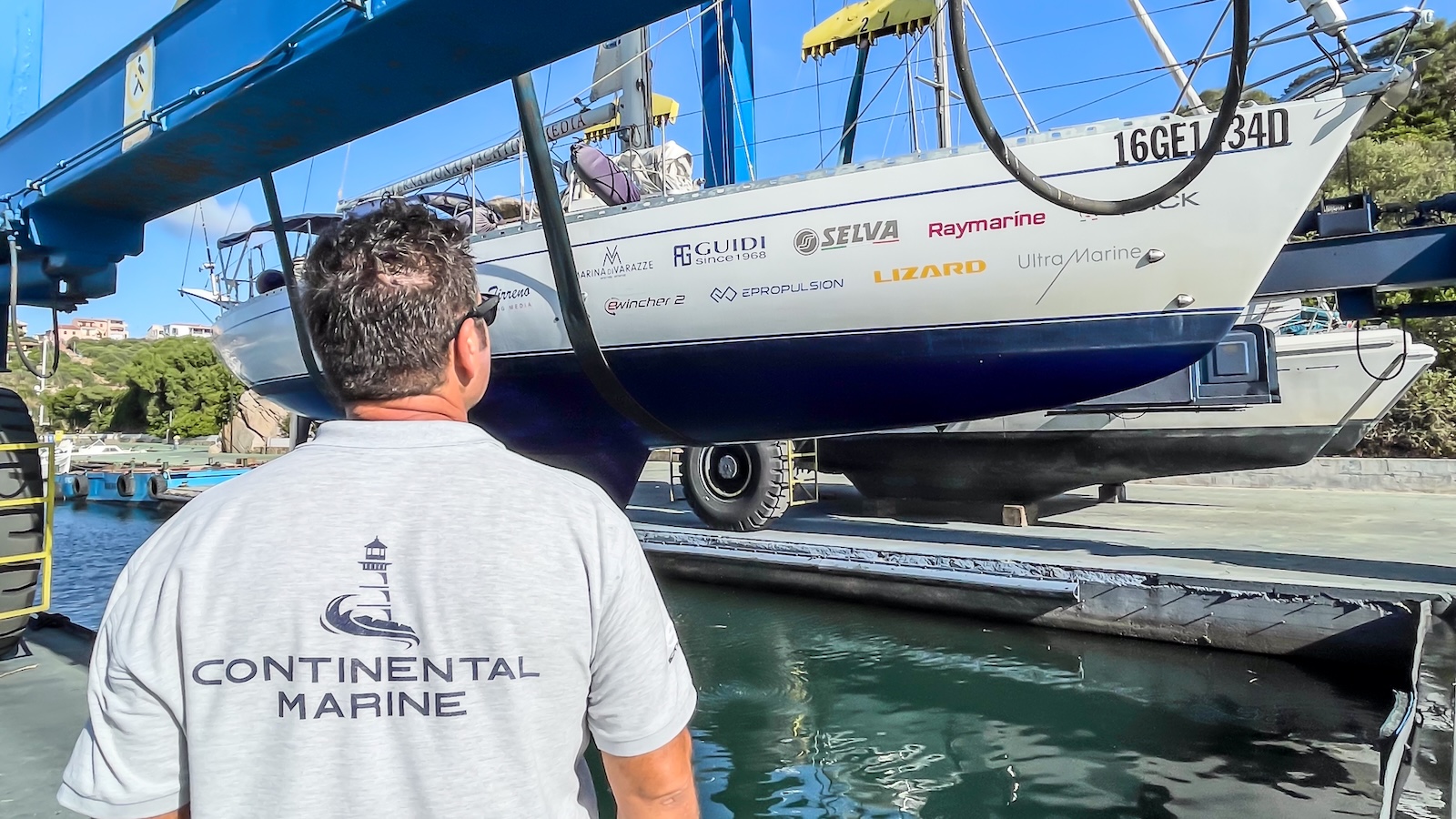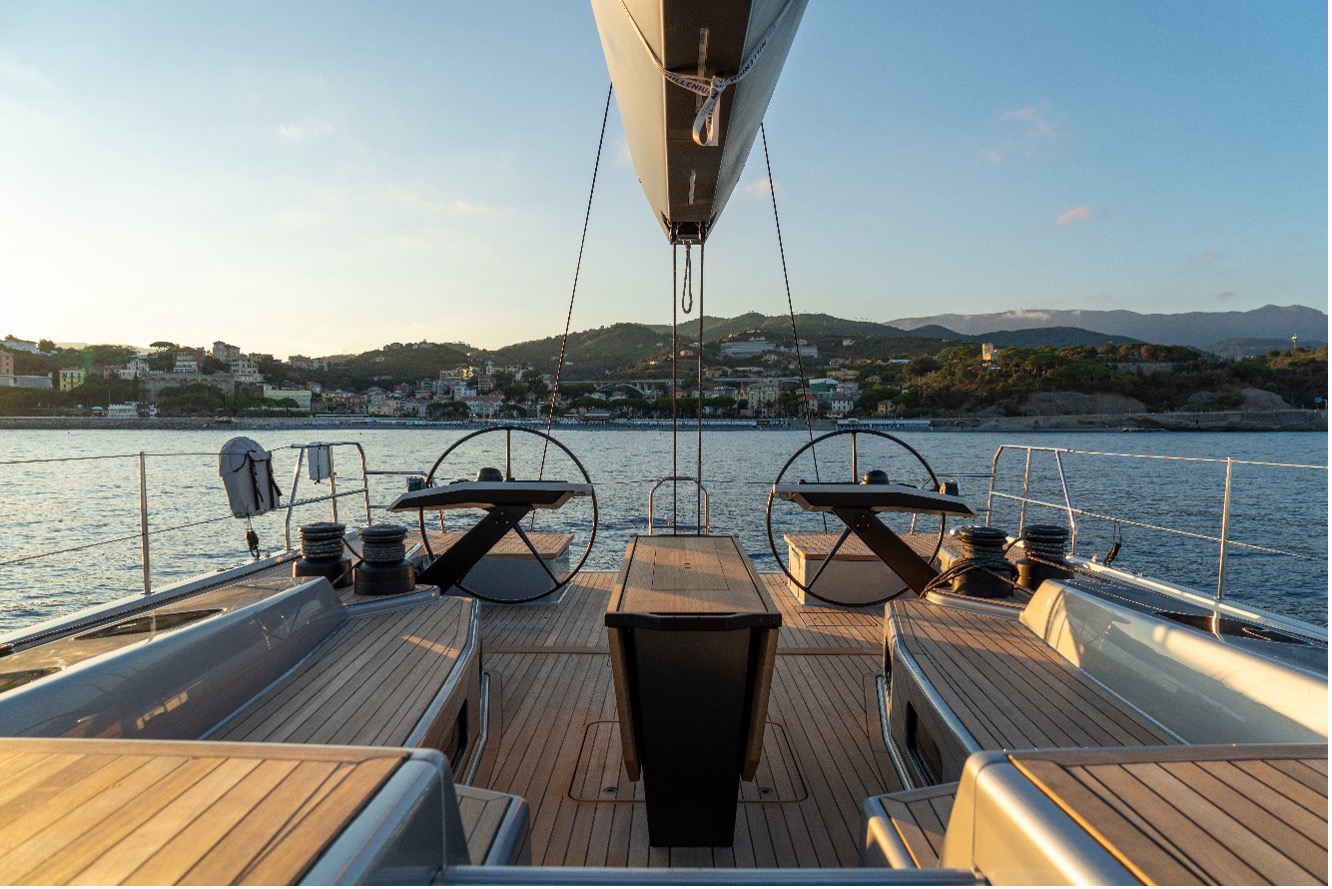The concept of the AC75, the class of high-performance monohull racing yachts to be sailed in the 36th America’s Cup, has finally been revealed.
Compared with the previous editions managed by Alinghi and Oracle teams, this new concept marks an exciting new era in America’s Cup racing. However, what doesn’t change is the fully foiling catamarans’ ability to fly on the water, a feature that was already present on board the AC50 yachts.
As already announced during the presentation of the Protocol for the next America’s Cup, the concept of the new fully foiling monohull yachts equipped with canting foils has been unveiled before the end of November.
The choice of a monohull has been already announced by the two main players on the ground. Patrizio Bertelli, patron of Prada, launched the first challenge for the next America’s Cup with the Circolo della vela Sicilia, and as such became Challenger of Record and earned the power to decide the rules together with the Royal New Zealand Yacht Squadron. The abandonment of multihulls and the subsequent return to monohulls was necessary to enable the fashion entrepreneur to join a new challenge. The choice was strongly supported by Grant Dalton, Chief Executive Officer of Emirates Team New Zealand, maybe even more convinced of this change of course.
Monohull and high-performance, the new racing yachts demand highly competent sailors. Sailing cyclists disappear and grinders come back with more “normal” foresails. “Anyway, they will be faster than the AC50 catamarans both upwind and downwind“, claimed the authoritative Kiwi sailing’s representative.
Foils seems to be the most striking novelty. The concept is totally different from what we are used to see on the Imoca 60 yachts, the only class of racing boats that is actually able to fly over the water. Unlike ocean monohulls where twin foils have a single shaped blade, the AC75 yachts feature two canting foils of over 5 meters equipped with a curved shaft and a long terminal T-section.
The central bulb disappears and even the helm takes on a T layout. This way, the hull will be raised out of the water, like the Moth or old AC50 yachts, in order to reduce the sudden “jumps” of the Imoca 60 yachts.
The foils are set in various positions depending on the angle of attack and manoeuvring requirements. In normal sailing mode, the leeward foil will be in the water to provide lift and the windward foil provides righting assistance. Both foils can be employed for maximum stability in manoeuvres and difficult conditions. Furthermore, foils are planned to be self-righting in the event of a capsize.
Further details will be unveiled at the end of March 2018, when the complete class rules will be released. What seems to be certain is a definitive goodbye to rigid wings while the mainsail might be inflatable. The new hull design will be open and the yachts may have soft sails, including a Code 0 for light winds crossovers.
This way, both the yachts and the Cup are expected to enter a new revolutionary era. ” This Cup is an important step towards the future: the concept of the new AC75 Class will open new horizons for racing yachts which, in the next future, may also extend to cruising“, Bertelli stated.
























